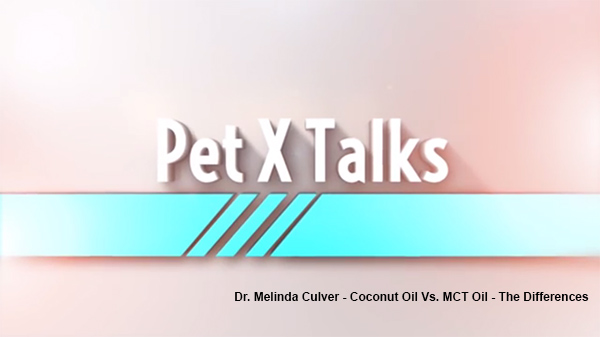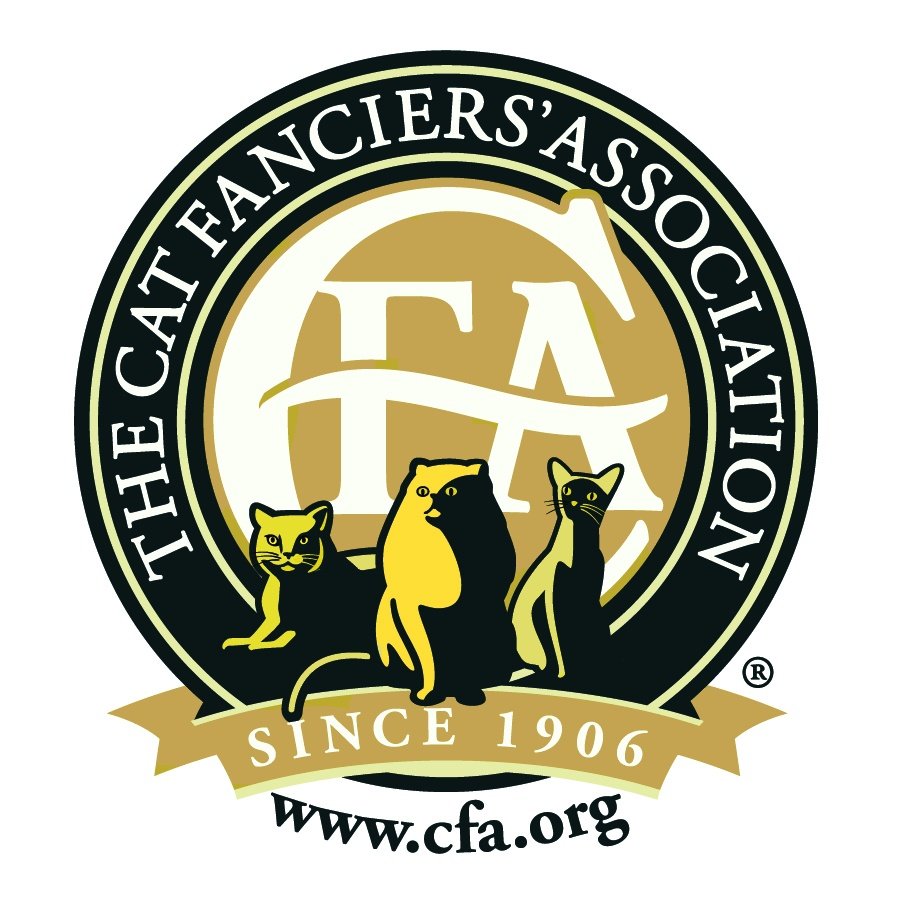Five Attainable Veterinary Innovations of 2014
This year, pets across North America have been treated using cutting-edge treatments that have not only improved their quality of life, but also promoted advancement and innovation in veterinary medicine.
These treatments have become increasingly incorporated into neighborhood veterinary practices and more financially accessible to the everyday pet owner with coverage from a comprehensive pet medical insurance plan. One pet medical insurance provider, Trupanion, has paid claims for each of these innovations from veterinary hospitals across North America this year, giving everyday pet owners and their pets access to innovative veterinary treatments.
 Mobility Devices (Prosthetics, Orthotics, & Carts)
Mobility Devices (Prosthetics, Orthotics, & Carts)
The world of mobility devices has made significant strides over the past decade and development of prosthetics, orthotics, and carts for dogs and cats have helped significantly improved the quality of life for both animals and people. Mobility devices can be used to help pets with neurologically deficient limbs, paralysis, weak joints, shortening of muscles, amputation of limbs, recovery from surgery, elbow dysplasia, osteochondrosis, and arthritis.
From 3-D printers to inventive custom support braces and prosthetic limbs, several companies are revolutionizing the production and structure of mobility devices. Not every insurance provider will cover mobility devices, but Trupanion’s plan will cover carts, prosthetics, and orthotics with no additional rider or coverage package needed. Trupanion has received claims for prosthetic ligaments, leg braces, and custom orthotics during 2014, including Telly, a mixed breed pup from Michigan with luxating patellae who was given custom leg braces. Trupanion covered $1,500 of the $1,700 total cost of the devices.
Regenerative Medicine (Stem Cell Therapy & Platelet Rich Plasma Therapy)
Regenerative medicine can serve a number of purposes by using the body’s own regenerative abilities to reduce inflammation and repair and restore the function of damaged cells, tissues, and organs. These methods are currently being used to treat a variety of injuries and illnesses from osteoarthritis to spinal cord injuries.
Stems cells are being used to heal joint injuries and bone fractures, and could even aid damaged organs like the liver, heart and lungs. Adult-derived stem cells have the ability to differentiate into very specific types of cells to help restore healthy cells into the body and regenerate damaged tissue. Trupanion-insured pets have received stem cell therapy to help treat hip dysplasia, liver disease, and arthritis. Since the start of 2014, Trupanion has paid out over $50,000 toward stem cell therapy across North America.
Platelet Rich Plasma therapy can be used similarly to treat muscle and tendon injuries. Platelets are responsible for blood clotting after an injury, delivering white blood cells to an injured area and stimulating tissue regeneration. This can be used to treat cruciate ligament ruptures, complicated fractures, and degenerative joint disease in pets, among other illnesses and injuries. Trupanion pets have received platelet-rich plasma injections to heal wounds and leg injuries including Sawyer, a dog in Quebec who received platelet rich plasma injections for a suspected CCL injury. Trupanion paid over $850 toward his treatments.
Laser Surgery and Therapy
Various lasers are used in veterinary medicine to help with a number of procedures from surgical incisions to light therapy. Each use involves a laser than can be modified to the condition and pet being treated.
Surgical lasers have the benefit of interacting with tissue to cut and seal at the same time and post-surgery therapy lasers successfully reduce inflammation and swelling, promote healing, and relieve pain. For example, cold laser therapy can be used to treat osteoarthritis, hip dysplasia, skin problems, and ear infections. Oliver, a mixed breed dog in Massachusetts, received laser therapy post-surgery for patella luxation and Trupanion paid over $200 toward his post-surgery follow-up.
Drug Developments
Advancements in drugs have helped treat a number of conditions in recent years and one notable, and increasingly popular, drug is Apoquel, used to treat skin allergies. This medication has taken off as an option with few side-affects and impressive results, even when the origin of the allergies is unknown. Since the start of 2014, Trupanion has paid out almost $20,000 on Apoquel for dogs alone across North America to help relieve itching.
Advancements in Oncology
Many treatments available to humans with cancer can also being used to treat pets including immunotherapy, surgery, radiation, chemotherapy and herbal therapies. Pets diagnosed with cancer have the option to be treated by veterinary oncologists. Trupanion-insured pets have been treated with many different methods of treatment, combining traditional and holistic methods. Various medications help pets with nausea during treatment, and a vaccine is even available to prevent melanoma cancer cells from spreading once a tumor is removed. Kendra, a German shepherd dog in Massachusetts, received extensive treatments for adenocarcinoma including surgery, chemotherapy, radiation, acupuncture, and physical therapy. Trupanion covered over $13,000 toward her treatments in 2014 alone.




